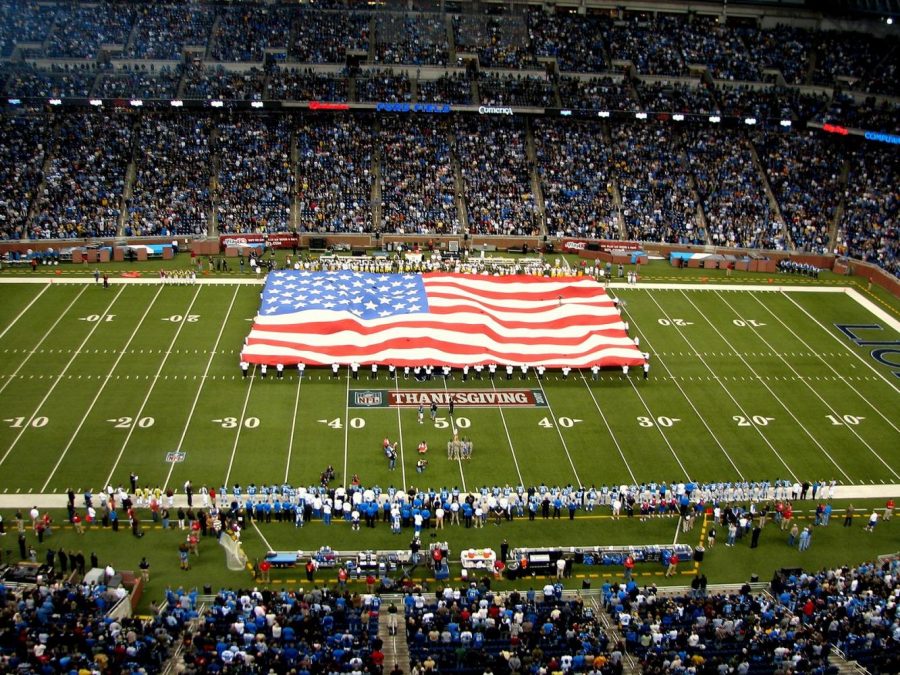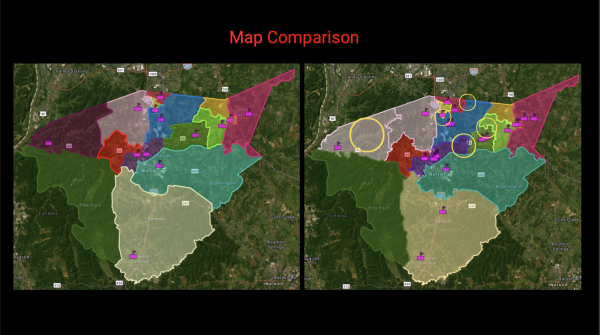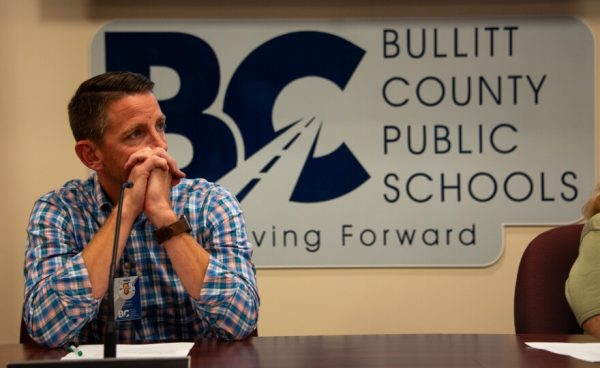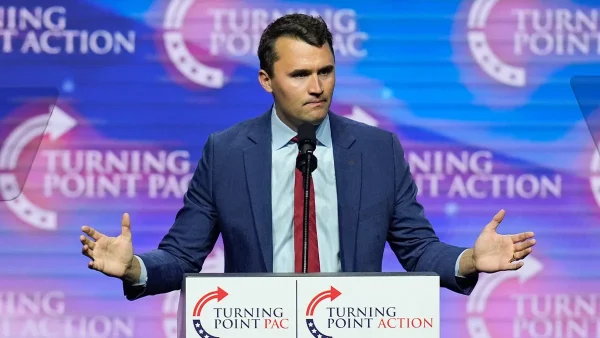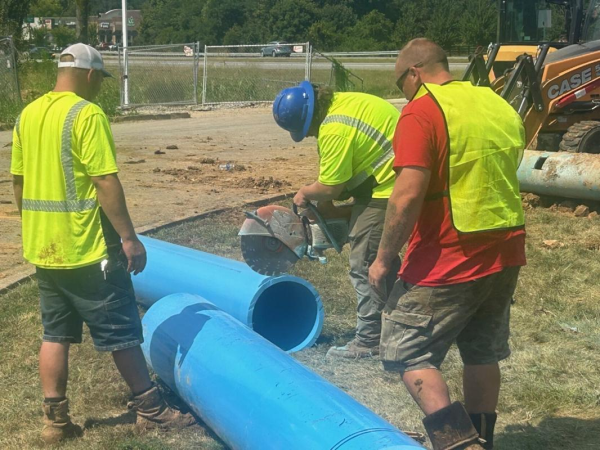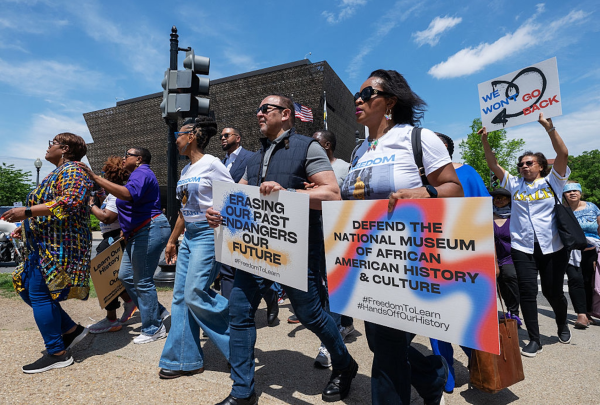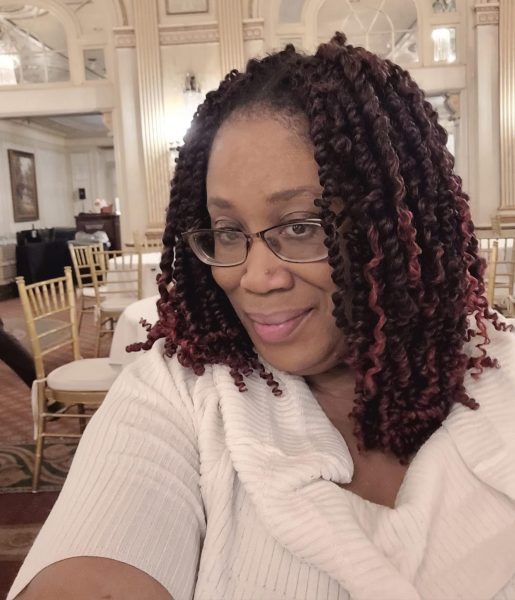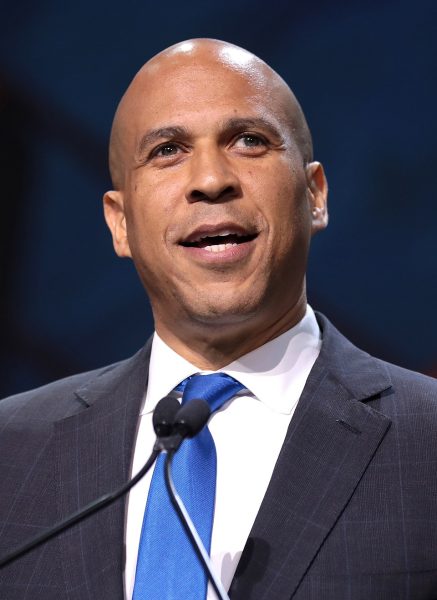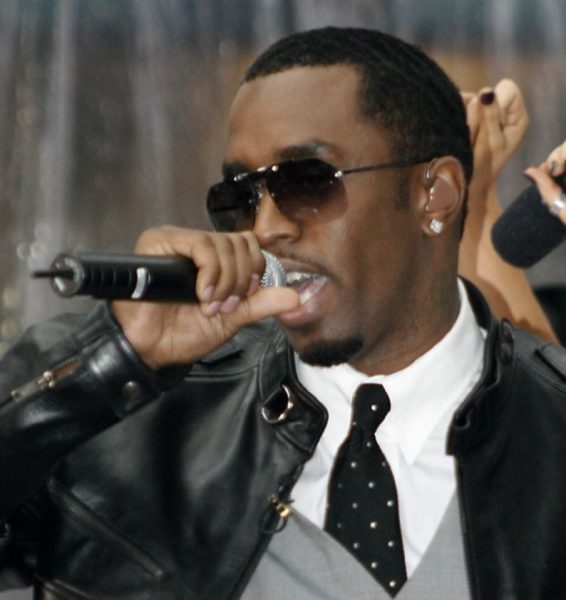Liberty and Justice… But Maybe Not for All
The flag flies during the national anthem with the help of citizens at Ford Field in a Detroit v. Green Bay game in 2007. National Anthem by Dave Hogg (CC BY-SA)
It’s written in The Star-Spangled Banner.
In recent weeks, the deep-rooted bigotry written in our country’s national anthem has been the highlight of the public eye.
In August 2016, Colin Kaepernick made the choice to sit during the national anthem, and since then a wave of football players have followed in his footsteps. Kaepernick and others drew attention to what they noted as problems in America, and brought light to the fact that the anthem isn’t all it’s cracked up to be. This choice caused him and all the other players to undergo both praise and harsh scrutiny, the latter even from president Donald Trump.
After the former San Francisco 49ers quarterback chose to sit, a wave of players, in football as well as other sports, slowly began to follow in his footsteps. To name a few: Megan Rapinoe, Brandon Marshall, and a large majority of entire NFL teams chose to raise their fist, kneel or lock arms while the national anthem played. In Seattle, all of Garfield High School’s football players kneeled in support of Kaepernick and his ideals. The list of people and teams that made the decision not to stand after Kaepernick is long.
“This stand wasn’t for me,” said Kaepernick to the press two days after his initial peaceful protest. “To me, this is bigger than football and it would be selfish on my part to look the other way.”
NFL policy states that “players are strongly encouraged to stand for the anthem,” but a policy is different from a rule in the fact that policies are only encouraged, not required. From a career standpoint, no wrongdoing was done.
The constitution, right in the first amendment, gives citizens the freedom to peacefully protest. So from an ethical standpoint, no wrongdoing either. It’s all about raising awareness.
In recent months, controversy has risen on what peacefully protesting embodies. With a stream of unhinged violence stemming from many “Black Lives Matter” supporters, a bad reputation has seemingly been nailed on them.
Many “All Lives Matter” and fence-sitters on the issue hit the hammer on this nail. They claimed that some supporters’ physical ways of making their wants known were uncalled for. And while this is agreeable, as violence should never be the answer, once players began protesting in a non-physical way, this viewpoint becomes hypocritical. People that didn’t agree with “Black Lives Matter” supporters still continued to scrutinize, even though they were being peaceful.
The public also began claiming that sitting or kneeling was disrespectful to the soldiers who fought or continue to fight for our country. And while you can’t please everyone, or every soldier in this case, many veterans voiced full support for the kneelers. “Those kids have every right to protest,” said 97-year-old WWll veteran John Middlemas in a viral tweet, getting almost 500 thousand likes. Taking a kneel during the national anthem wasn’t a move to spite or disrespect soldiers at all, just a spite of the continuous inequalities dealt with by the black community in America today.
Many kneel to raise awareness for police brutality in general. In 2010 alone, of the 8,300 plus misconduct accusations, only 3,238 resulted in legal action (fivethirtyeight.com). 901 people have already died at the hands of police officers this year (copcrisis.com). To put this in perspective, in the first 24 days of 2015, police shot and killed 59 people, four more than England and Wales police force combined have killed in the last 24 years (theguardian.com). However, while everything is situational and numbers don’t always show the full story, this is definitely something that should be turning more heads.
In police brutality against black Americans specifically, black Americans are 2.5 times as likely to be killed by police officers than white Americans. Black Americans account for 24 percent of fatalities by police, even though they make up only 13 percent of the US population (washingtonpost.com). Obviously, there is something to kneel about.
But why choose the national anthem as a symbol of protest? Many fail to see the link between the Star Spangled Banner and black lives because it’s hidden in a lesser known third stanza. In the morning after a bloody battle of the War of 1812, Francis Scott Key wrote these words in the Star Spangled Banner: “their blood has wash’d out their foul footsteps pollution, no refuge could save the hireling and slave, from the terror of flight or the gloom of the grave.”
This is essentially bad-mouthing straight from Key himself, but in the elegantly worded language of the 17th century. One of the British’s key plays in the war was the recruitment of escaped slaves to their armies. In these lines, Key is literally celebrating their bloodshed after losing the Battle of Baltimore, saying that it will wash away their “foul footsteps.”
President Trump was not in favor of the kneeling, and he didn’t fluff his distaste. On Sept. 24, Trump, hoping to incite less protesting, tweeted out that any NFL player that does not stand for the national anthem should be fired. “Find something else to do,” said Trump in just one of a series of angry tweets.
“This has nothing to do with race, this has to do with respect for our country and respect for our flag,” said Trump. But truly, this does have everything to do with race, Mr. Trump.

